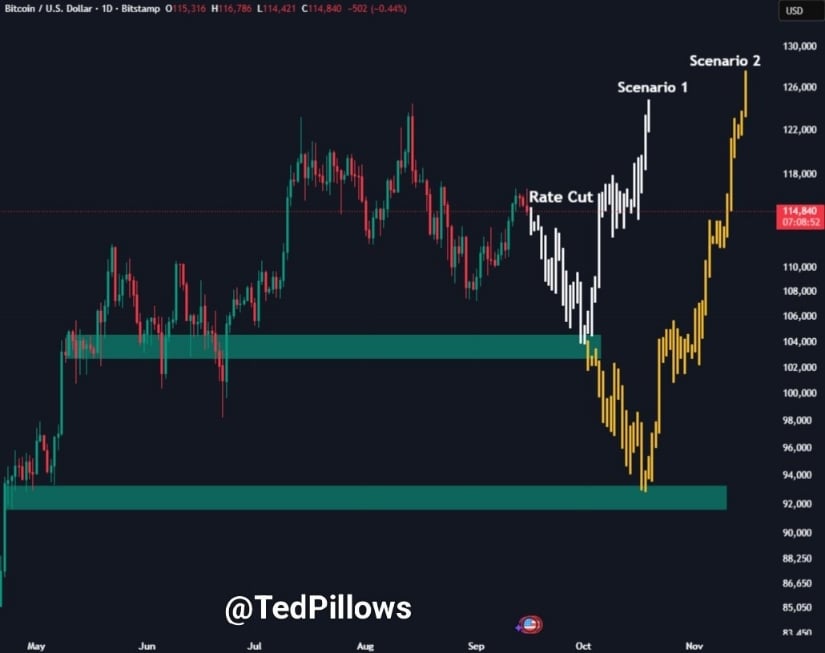US and UK are working on aligning crypto regulations, focusing on stablecoins and digital finance
The United States and the United Kingdom are preparing to formalize closer cooperation on crypto regulation, with stablecoins at the center of discussions. The agreement follows a high-level meeting in London between UK Chancellor Rachel Reeves and US Treasury Secretary Scott Bessent.
The meeting, which included major industry players such as Coinbase, Circle, Ripple, Citi, Bank of America, and Barclays, emphasized the potential for digital assets, especially stablecoins, in driving economic growth. British officials said there was a large opportunity for the UK in the crypto space, particularly since the Trump administration continues to advocate for innovation within the sector.
The move to expedite cooperation was after the UK crypto associations called for digital assets to be included in bilateral agreements. In an open letter to Reeves, in August of 2025, 30 industry figures in the crypto industry stated that the U.K. “must take action now to avoid becoming a rule-taker rather than a rule-maker in the digital asset era.”
Reeves said closer alignment with Washington could bring deeper American investment, particularly as several UK-listed firms move to US exchanges in search of deeper valuations. British officials view harmonized rules as crucial to better access to markets and regaining competitiveness.
Joint testing of digital finance
The meeting also discussed the potential for developing common regulatory sandboxes for blockchain and securities trials. Such an initiative would enable companies to operate with coordinated oversight in both markets to test products for digital assets designed for use across borders.
The concept of a joint sandbox is similar to the proposals of SEC Commissioner Hester Peirce, who has been advocating cross-border models to facilitate innovation. U.S. agencies, like the CFTC, have already tried out limited crypto testing programs at levels such as the Crypto Sprint program, which may provide a framework for two-sided coordination.
Stablecoins at the core of strategy
Stablecoins featured prominently in the discussions. The US has positioned dollar-backed stablecoins as tools for global currency dominance. UK officials are facing pressure to match Washington’s clarity on the subject, with domestic firms warning that regulatory delays are depressing talent overseas.
Former Chancellor George Osborne, who is on Coinbase’s global advisory council, said the UK was “completely left behind” on stablecoin policies. He noted, “On crypto and stablecoins, as on too many other things, the hard truth is this: we’re being completely left behind. It’s time to catch up.”
Industrial groups have also urged London to include blockchain and tokenization in its US-UK Tech Bridge, a bilateral understanding around collaboration on new technologies, such as artificial intelligence and quantum computing. They argued that excluding digital finance from this would mean that the UK would be left out of the next wave of financial modernization.
Officials confirmed that crypto will be a lasting item in future transatlantic talks. Both governments are expected to expand on Tuesday’s agreements when Trump is set to arrive in London. In a statement posted to X, Reeves welcomed Bessent to Downing Street, stressing that the governments are committed to creating opportunities in the field of finance and technology.
Get seen where it counts. Advertise in Cryptopolitan Research and reach crypto’s sharpest investors and builders.
You May Also Like

Ninth Solana ETF filing lands as Invesco and Galaxy submit S-1

Citigroup Projects Ethereum Price For 2025 End: Here’s What To Expect
